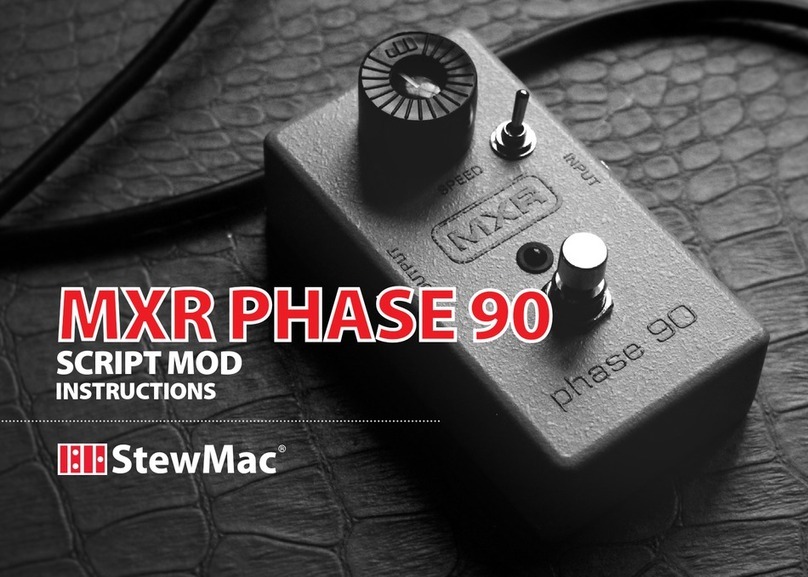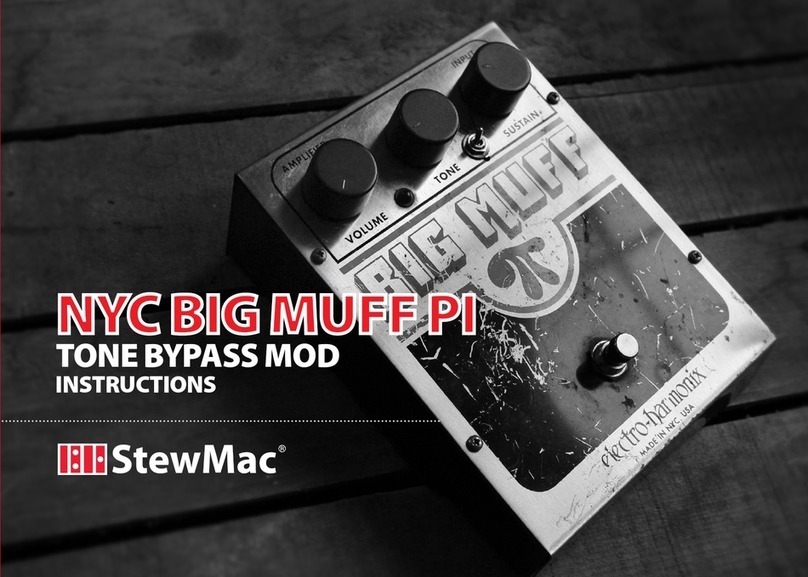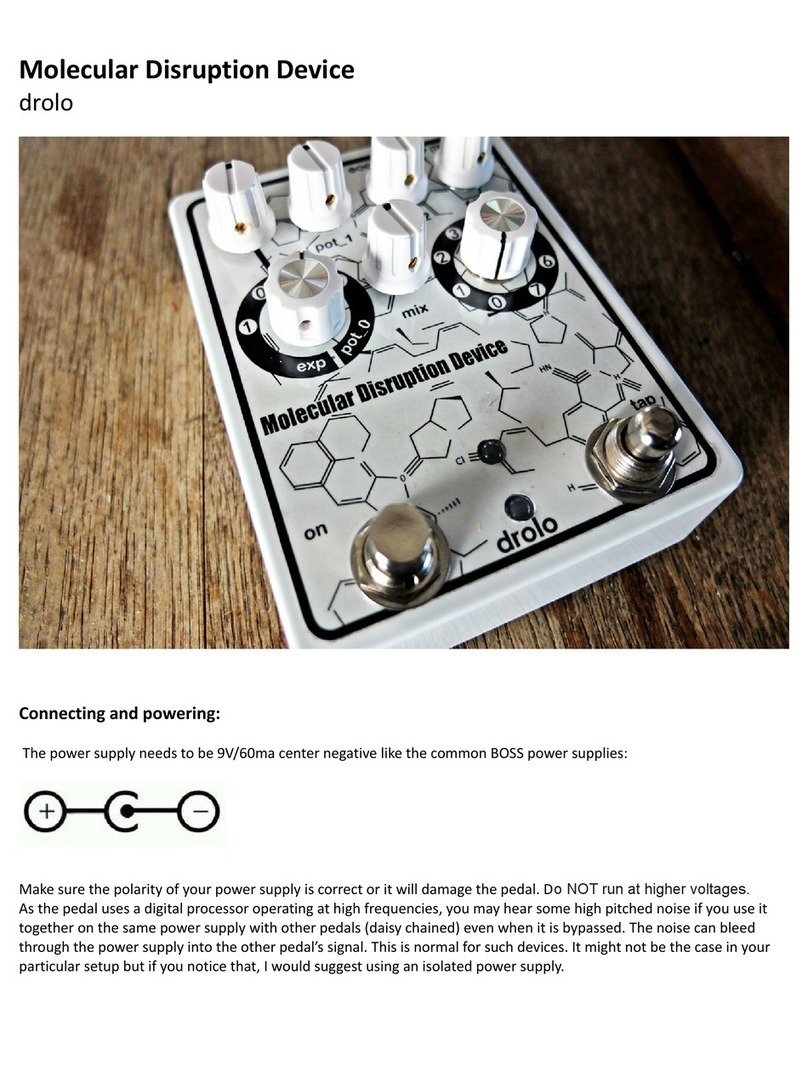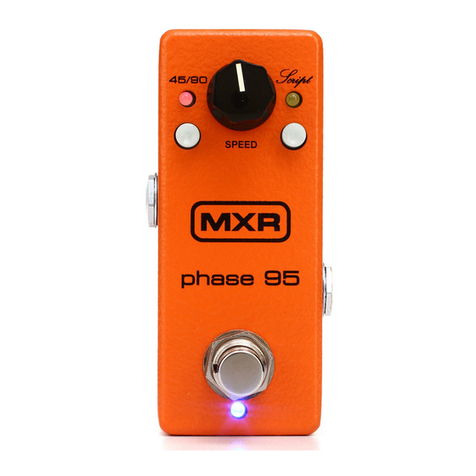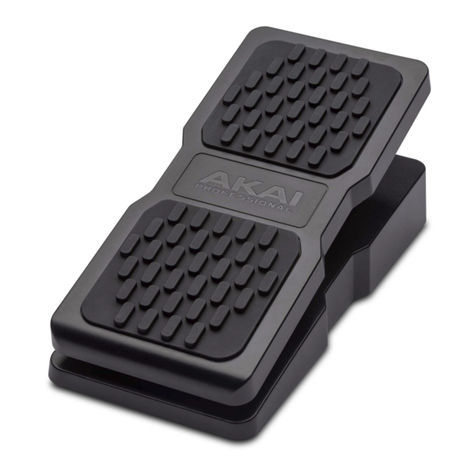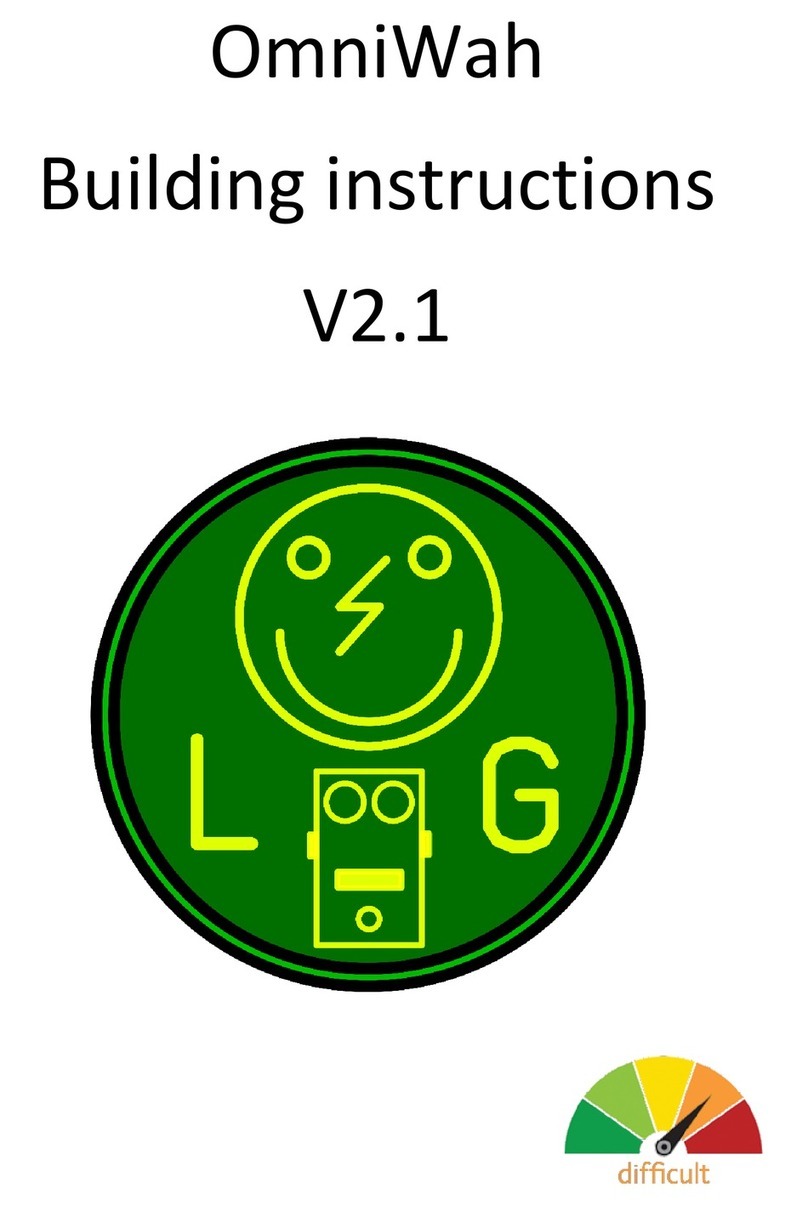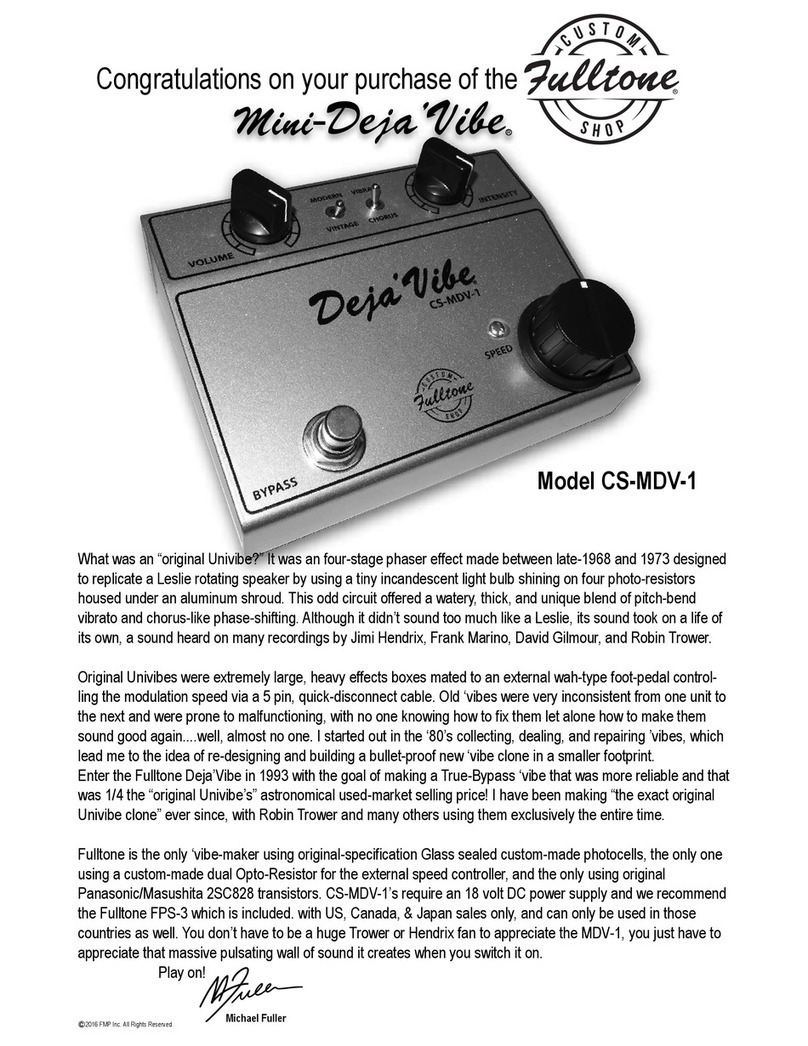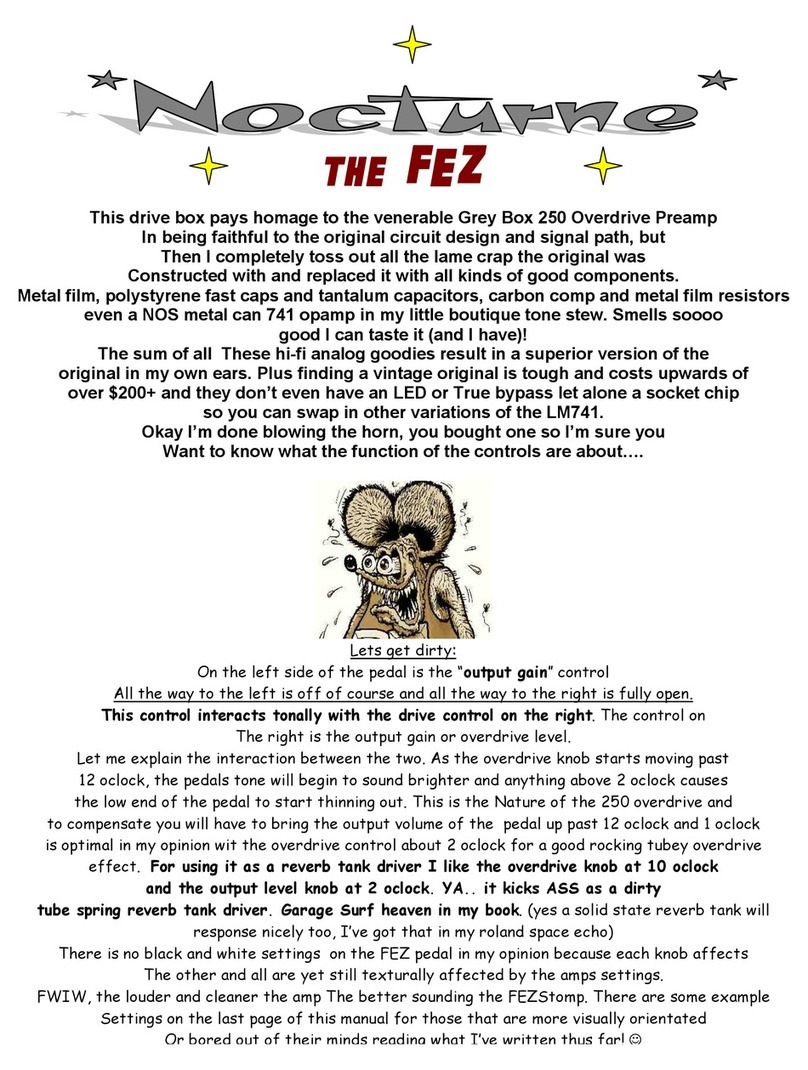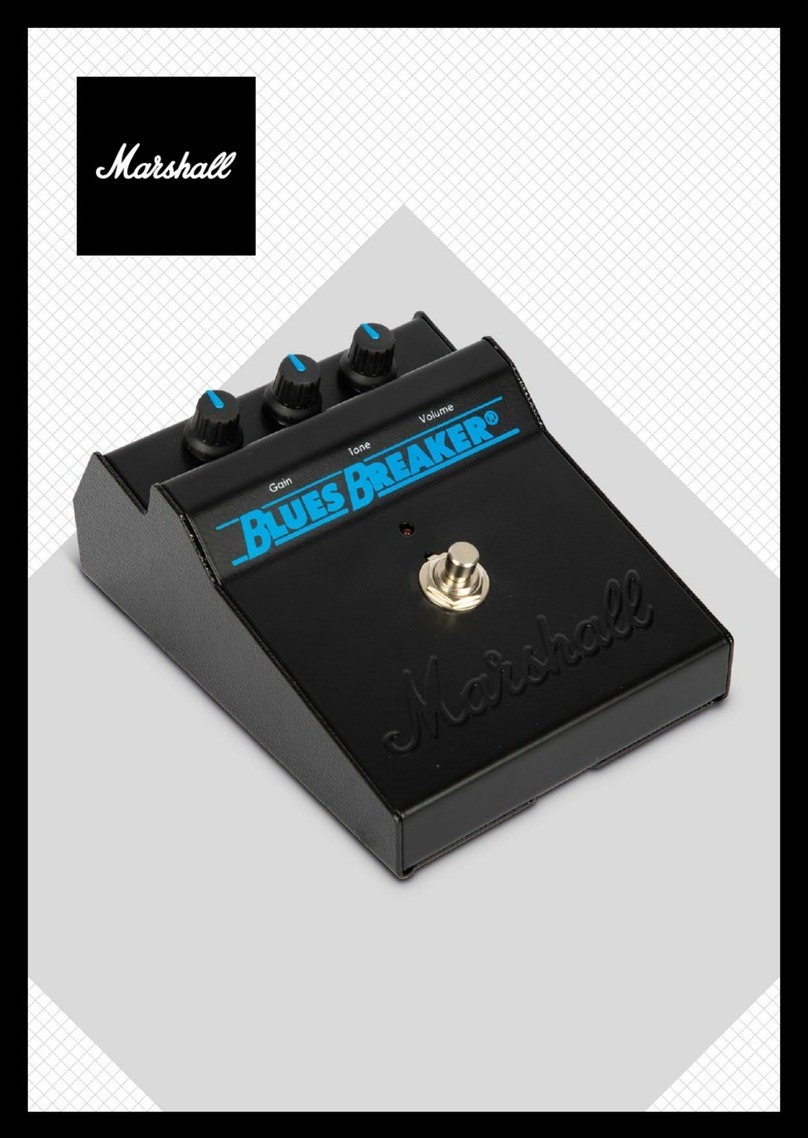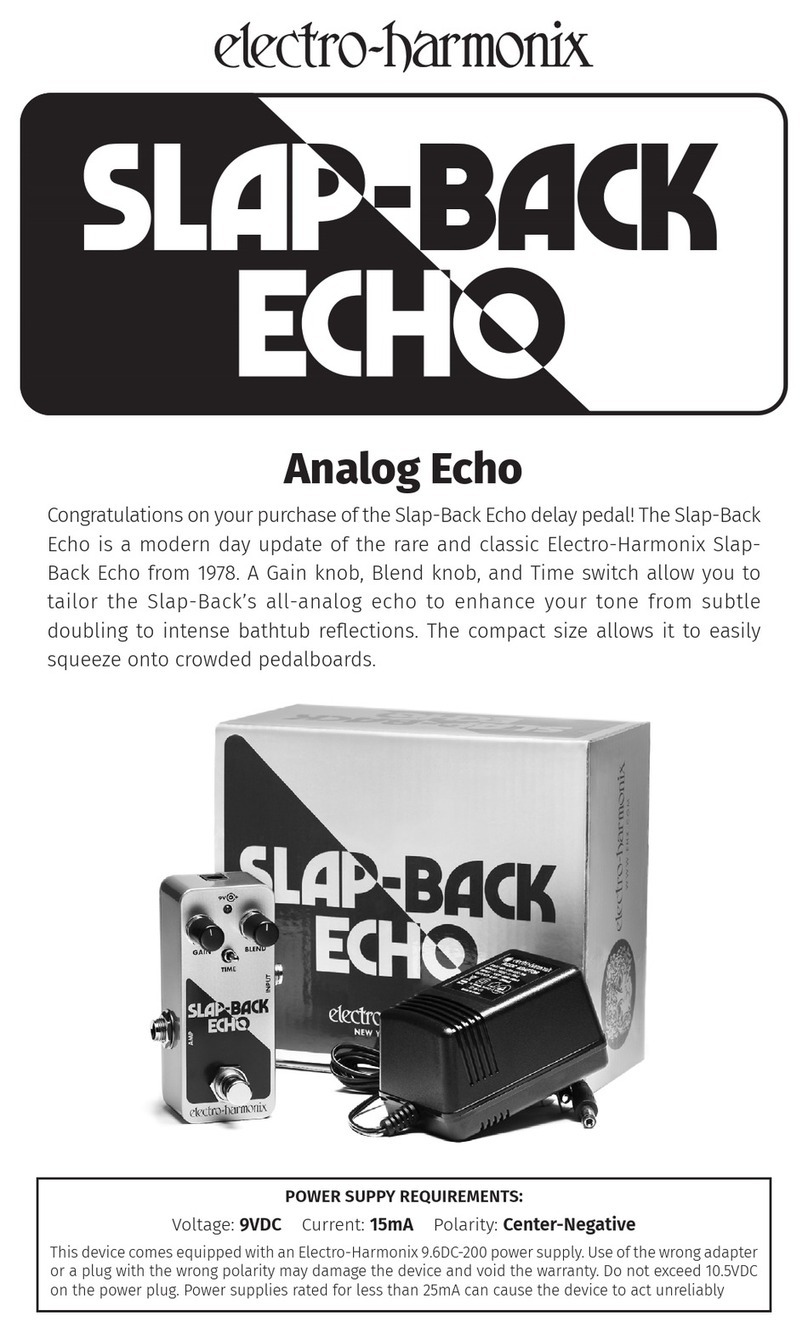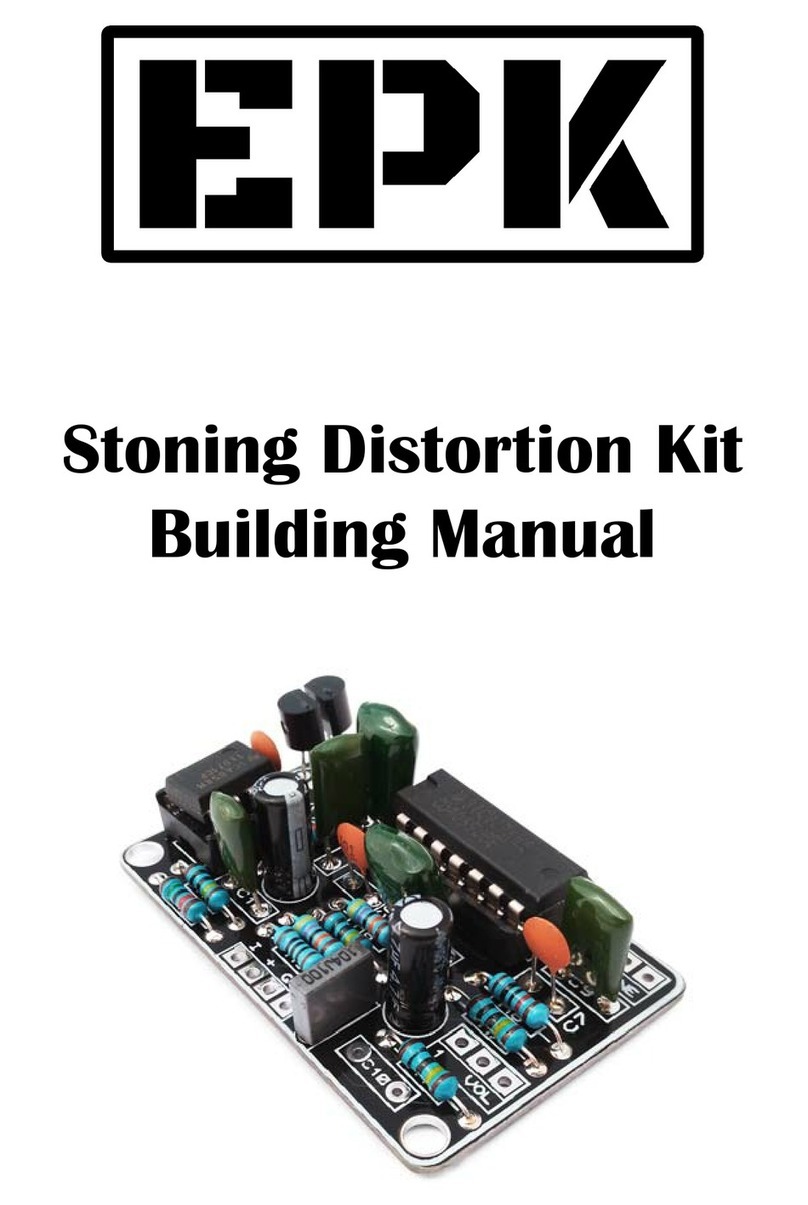StewMac SUN FUZZ Manual




















Table of contents
Other StewMac Music Pedal manuals

StewMac
StewMac SWELL DRIVE Manual
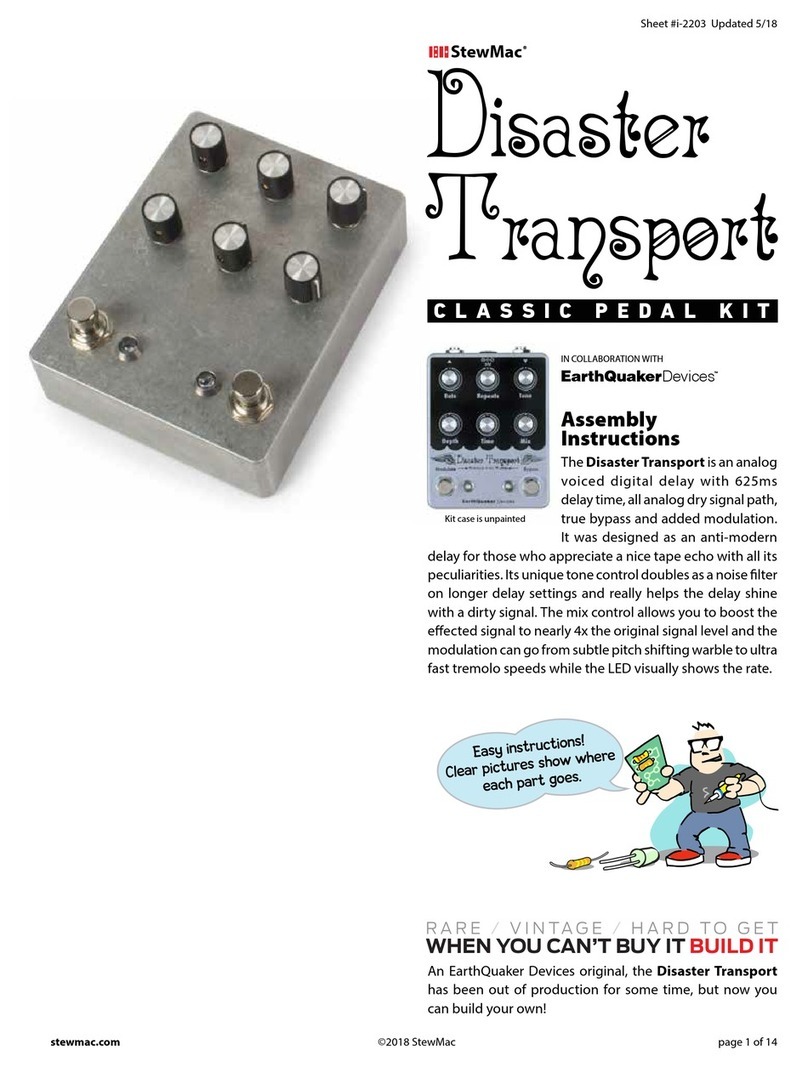
StewMac
StewMac Disaster Transport User manual
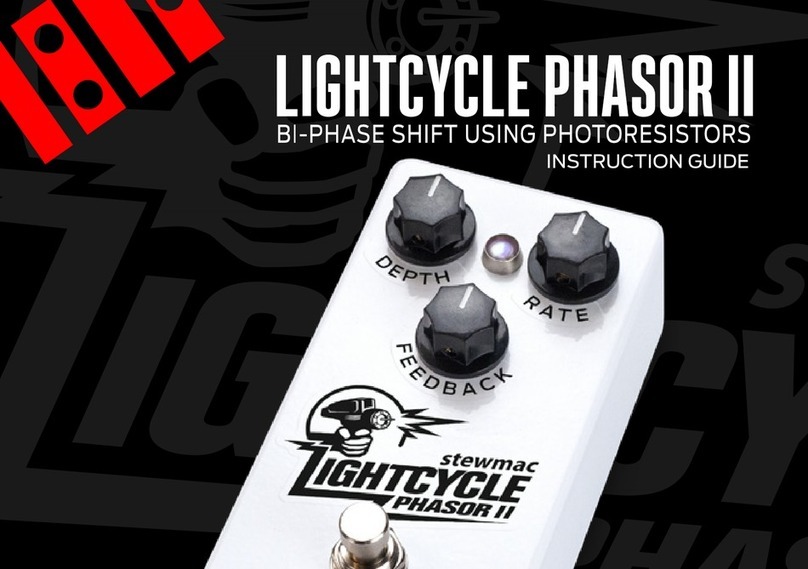
StewMac
StewMac LIGHTCYCLE PHASOR II Manual
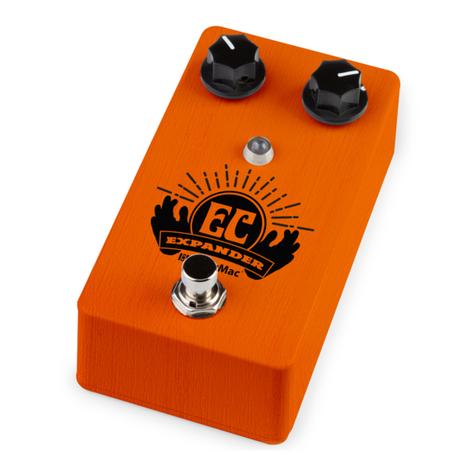
StewMac
StewMac EC EXPANDER PEDAL KIT Manual
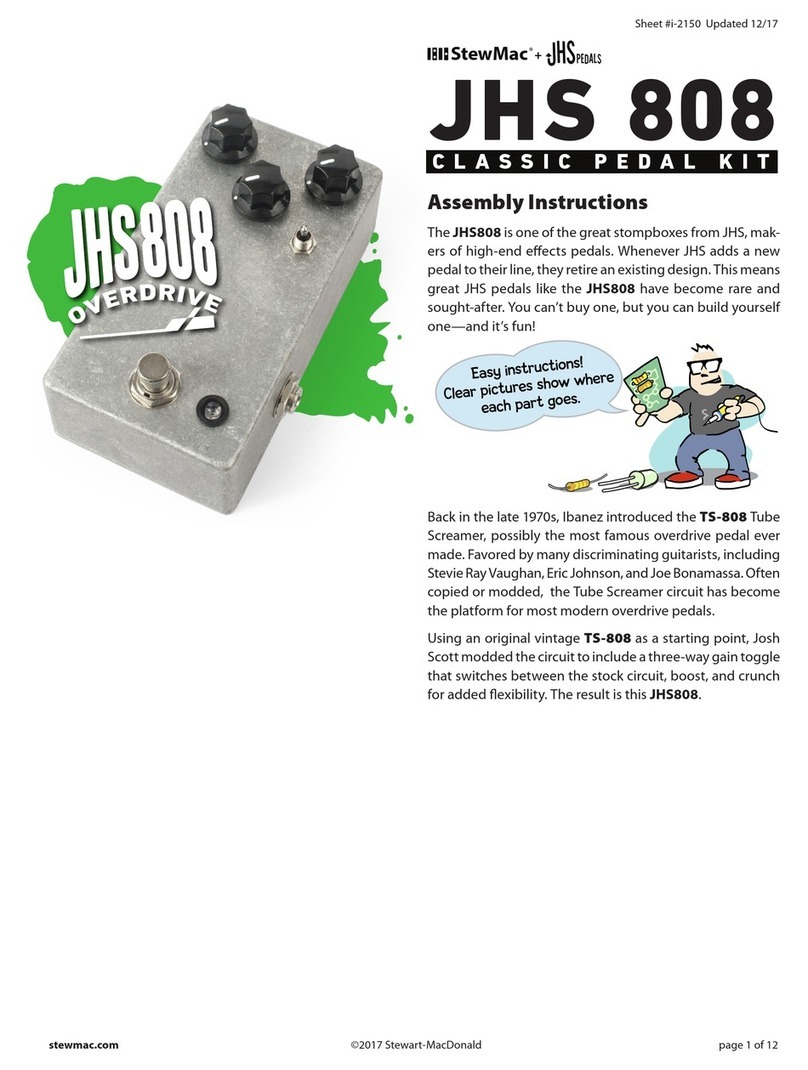
StewMac
StewMac JHS 808 User manual

StewMac
StewMac TWO KINGS BOOST DOUBLE-POWERED ROYAL TONE Manual

StewMac
StewMac INTERVAL FUZZ Manual
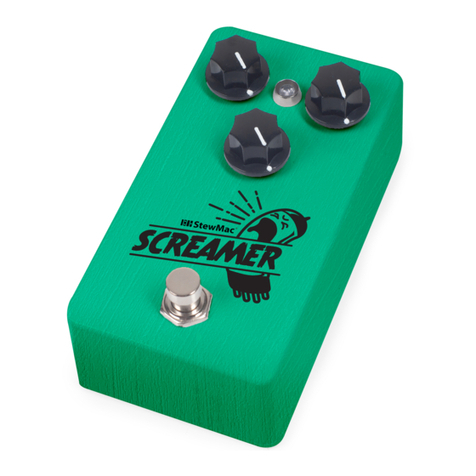
StewMac
StewMac SCREAMER Manual
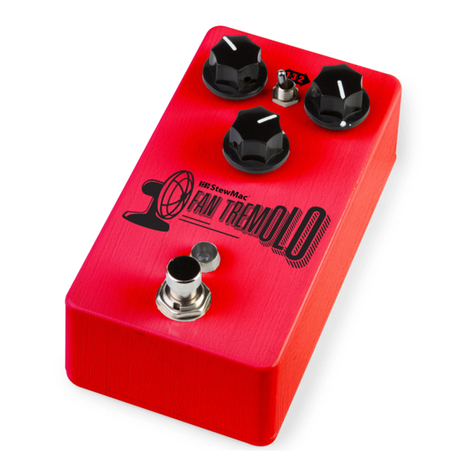
StewMac
StewMac FAN TREMOLO Manual
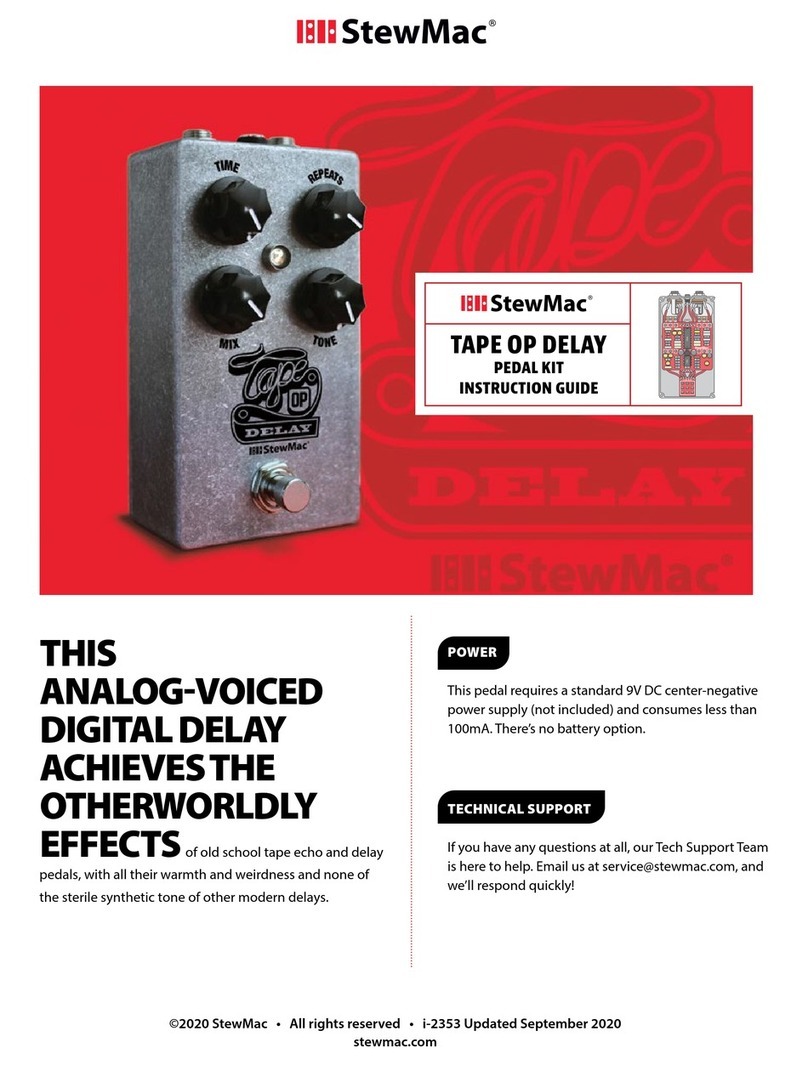
StewMac
StewMac TAPE OP DELAY Manual
Popular Music Pedal manuals by other brands
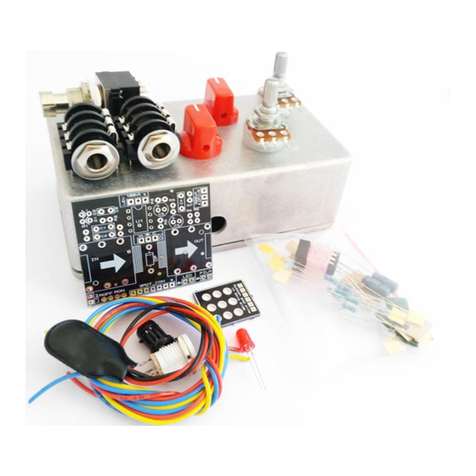
PuzzleSounds
PuzzleSounds DOD 250'77 Overdrive manual

Empress Effects
Empress Effects HEAVY MENACE user manual
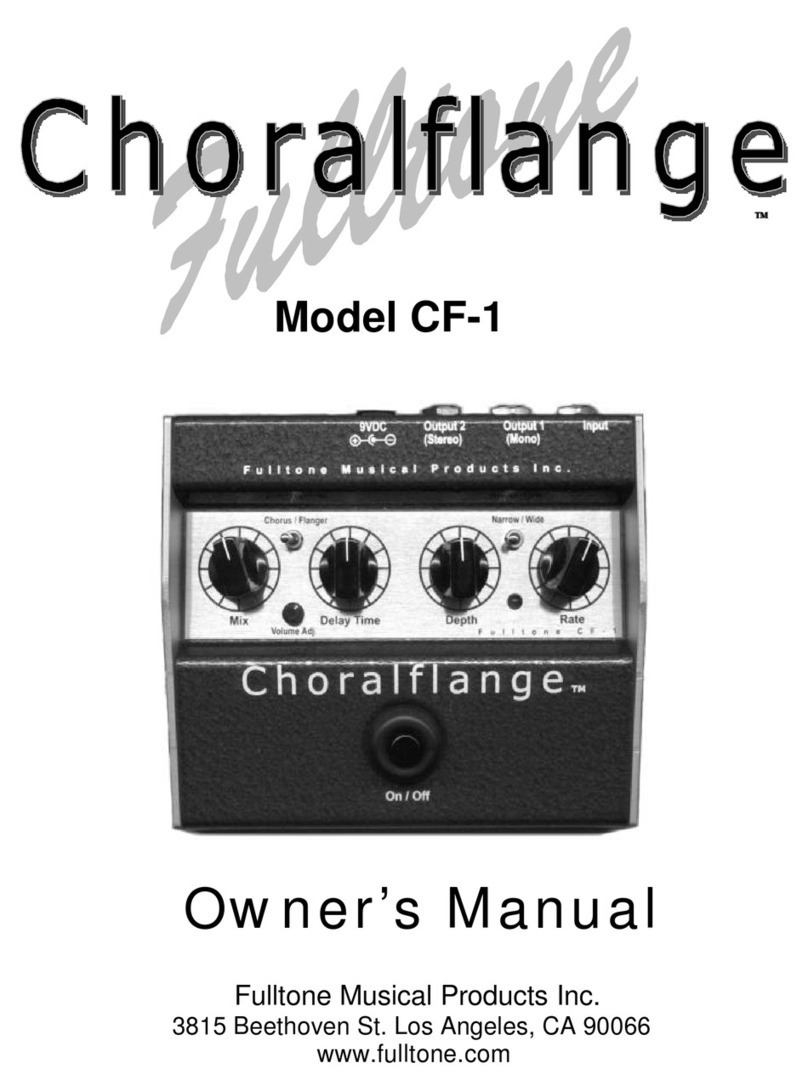
Fulltone Musical Products
Fulltone Musical Products Choralflange CF-1 owner's manual

Electro-Harmonix
Electro-Harmonix XO WHITE FINGER manual
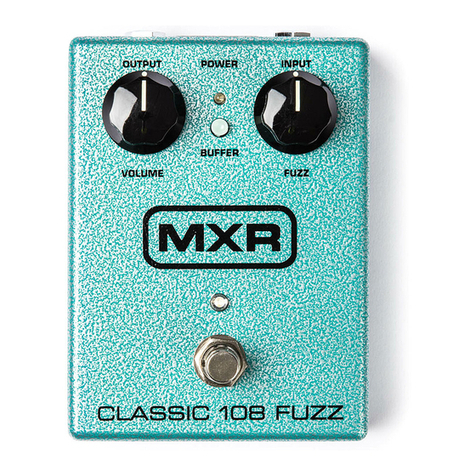
mxr
mxr M173 Classic 108 Fuzz Specifications
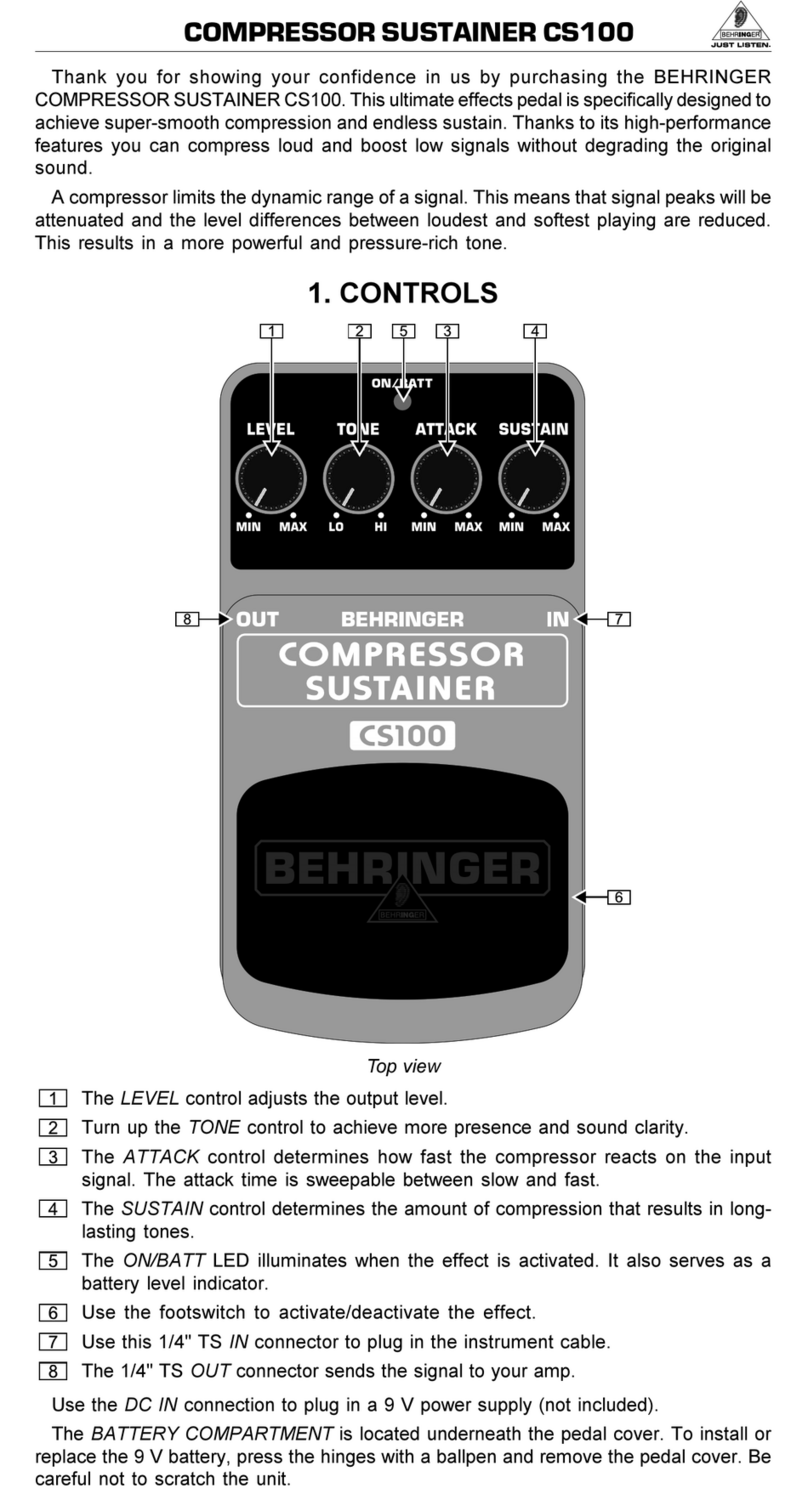
Behringer
Behringer CS100 user guide
